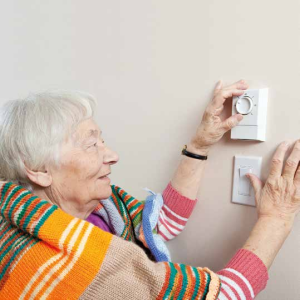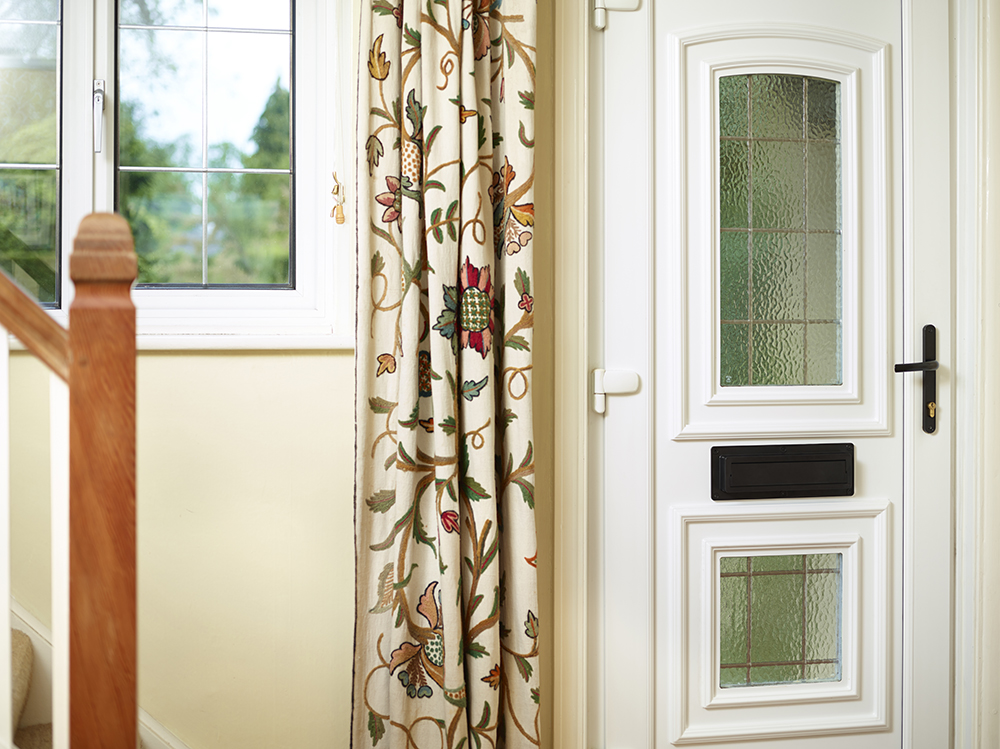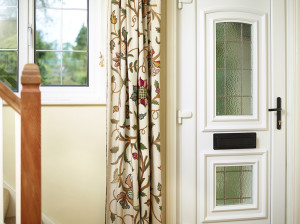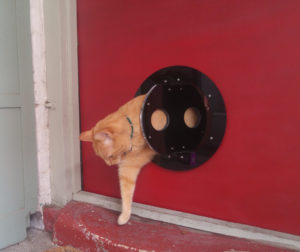Fitting
There is a wide range of products sold under the ‘energy efficiency’ banner. These can be small budget-friendly household items such as the Ecoflap and the Petflap. There is also an entire industry devoted to expensive energy efficient doors and windows. These are well-advertised and promoted, but you hear little about the importance of proper fitting.
The most highly engineered, energy efficient window in the world won’t be of any benefit if the wind is whistling through the gaps around it.
Expert fitting

If your windows look like this, you need specialist fitting advice.
We wrote a blog post earlier this year about the important of having windows fitted properly. This applies to all windows, but especially technical energy efficient ones. Our main point was that without expert fitting the windows will under-perform. This leads to disappointed customers, bad reputations for tradespeople, and possibly compensation claims. In episode 6 of our podcast we cited this as one reason why new builds underperform in energy efficiency.
The problems stem from top-end doors and windows being fitted by people used to sticking in a door or window to the standards of ordinary new builds. We’ve discussed before how woefully poor current new build standards can be (here’s a Guardian article on the subject). The skills required to fit them out aren’t up to what’s needed in an energy efficient house. This can be a particular issue with the drylining used instead of traditional wet plastering to speed up construction.
Fitting a door or window properly requires excellent attention to detail. There needs to be a good understanding of the materials. Fitters need to understand how buildings behave. Without a clear grounding in these there’s lots of scope for things to go wrong. If your home is historic or listed there are additional considerations. In that situation you would be well-advised to consult SPAB. SPAB runs courses which are invaluable in helping you understand what your home needs.
Finding a fitter
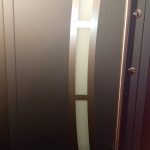
Even a smart door like this won’t perform well if it’s badly fitted
So how do you go about finding a good company that can give you confidence?
To some extent this depends on what you’re doing. If you have a renovation project underway with an architect, presumably one experienced in designing energy efficient houses, they’re the person to ask.
If you’re looking to replace old doors or windows with a more energy efficient model then ask lots of questions from the vendor. Ask if they include fitting. If they do, grill them on how they ensure maximum energy efficiency. If they don’t include fitting ask if they recommend anyone. Remember – expertise in designing and manufacturing energy efficient doors and windows doesn’t necessarily translate into expertise in fitting them.
If you have to find your own fitters ask the vendor what you should be looking for from the fitters you choose. Any fitter you employ should offer a guarantee on their work and be able to explain to you what they bring to fitting your doors and windows.
Expert fitting is essential to the return on investment from new doors and windows. Ask questions, ask more questions, and then don’t be afraid to go somewhere else and ask all the same questions.



